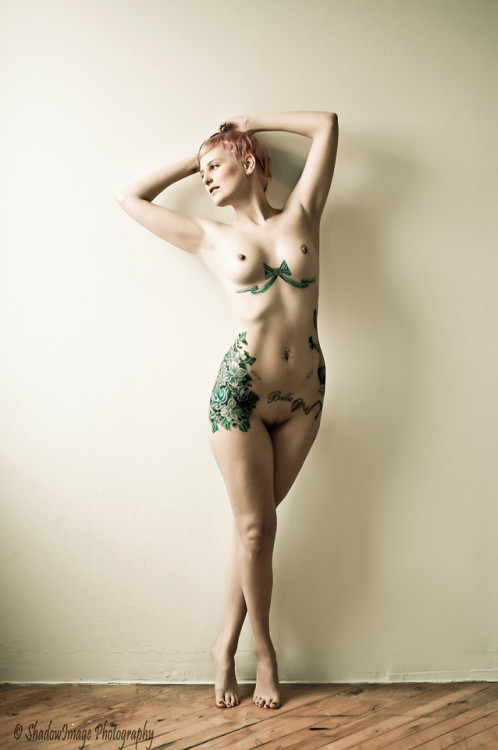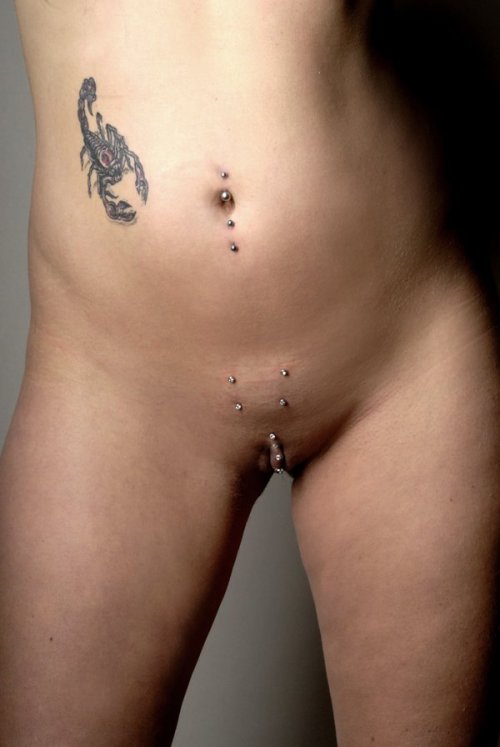 Faulks on fiction presented by Sebastian Faulks (started on 5 February) were a four part series on the brilliance of the British novel and its characters. Very well done, and a unique opportunity for revisiting marvelous BBC series based on famous books.
Faulks on fiction presented by Sebastian Faulks (started on 5 February) were a four part series on the brilliance of the British novel and its characters. Very well done, and a unique opportunity for revisiting marvelous BBC series based on famous books. The four episodes were : Heroes”, “Lovers”, “Snobs” and “Villains”.
This post presents you with images from "The snob".
Watch the film in the next "post", and you will get the general idea.
Yours ... Jeeves









Faulks on Fiction
Review by John Sutherland
Published: February 4 2011
Faulks on Fiction, by Sebastian Faulks, BBC Books, RRP£20, 376 pages
This is a good book about good books. It, and the four-part BBC TV series it accompanies, will encourage people to read and reread classic British novels.
Sebastian Faulks starts from the position that critical theory, which has been a dominant trend in academic discourse for 50 years, is inherently sterile. Put bluntly, it goes round and round in smaller circles until it disappears up its own vocabulary. Equally dead-ended, in Faulks’s view, is the more recent fashion for biographical explanation. He illustrates his objection with a wry personal recollection: “When I went round the country doing readings after my fourth novel, Birdsong, came out in 1993, most people could not conceal their disappointment. They had expected me to be 105 years old, French and, in some odd way, female.”
What Faulks proposes is a return to “reading for character”. Fiction, he maintains, creates people. They live, we know them, we have relations with them. That is what our focus should be. There follows a survey of great characters in great fiction: “Heroes”, “Lovers”, “Snobs” and “Villains”.
Faulks’s method is to nominate his character (Robinson Crusoe, Heathcliff, Lady Chatterley), describe them, and then offer a résumé of the story with shrewdly enlightening observations.
The tone of the book is resolutely commonsensical. For example, the opening paragraph in the chapter on Jane Austen’s Emma (Miss Woodhouse, unsurprisingly, comes under the category “Snob”): “The trouble with Emma is that she’s had things rather too much her own way; the trouble with Emma is that it’s a novel of such scintillating brilliance, and so quick on its feet, that anything a reader can say about it seems doomed to bathos. If you were to hear the Amadeus Quartet playing Mozart on a summer evening in the Hall of Mirrors at Versailles with your lover on your arm and a glass of Bollinger 1990 fizzing on your tongue, it would probably be vain to try to put the sensation into words.”
It’s all amiably chatty. But the chattiness often verges on, well, looseness. Faulks writes of the seventh “bout” in Lady Chatterley’s Lover: “The prose is sufficiently opaque that it had to be explained to the jury at the obscenity trial in 1960 that this was indeed sodomy.” In fact, as Jeremy Hutchinson, one of the defence lawyers, has assured me, Penguin’s counsel deliberately obfuscated this fact, the prosecution were too dozy to pick it up and the jury never caught on. Had they caught on, the trial might well have gone the other way and post-1960s fiction would have been very different.
Another example of that looseness, from Faulks’s Emma discussion: “When a piano arrives for Jane [Fairfax] from an unknown donor, there is speculation that Mr Knightley has sent it.” No there isn’t. Frank (the actual donor) encourages guileless Emma to believe that it is a gift from Jane’s illicit admirer Mr Dixon. A main section of the plot, and our final judgment on Frank, depends on Emma’s scurrilous misapprehension. Any A-level candidate committing this kind of elementary error could kiss goodbye to Oxbridge. Faulks’s easy-goingness is one of his book’s charms. But there are altogether too many bloopers. The dates ascribed to the many illustrations in the book are, every single one of them, grotesquely wrong – by a century in some cases. The author and his research assistants (whom he graciously thanks) should really have taken more trouble.
The main attraction of this book is how light it travels. Only three literary critics, by my count, are mentioned in passing (I’m gratified to be one of the three). We don’t need all that dry-as-dust scholarship is the implication. All we need is the bracing encounter with novelists and their characters.
A price is paid for this indifference to all those dreary scholars who devote their lives to understanding literature. “When Thackeray,” writes Faulks, “called Vanity Fair in its subtitle, ‘A novel without a hero’, he meant to indicate, I think, that none of the male characters fulfilled the heroic role.” A glance at the scholarship would have informed Faulks that the explanation is quite different. Thackeray began seriously thinking about his “Waterloo novel” in 1842, when London was in a hubbub about Thomas Carlyle’s lectures “On Heroes and Hero-worship”. Vanity Fair is imbued throughout with anti-Carlylism. To miss that fact (as Faulks does) is to miss much of what the novel is about.
Literary criticism, used judiciously, can help. And wilfully ignoring what literary criticism offers can lead the reader into misreading. Unnecessary blemishes somewhat disfigure Faulks on Fiction but the book remains readable, entertaining and well conceived. The corrected paperback might, however, be a better investment.
John Sutherland is the author of ‘Literature: 50 Ideas You Need to Know’ (Quercus).
‘Faulks on Fiction’ begins on February 5 on BBC Two













































No comments:
Post a Comment